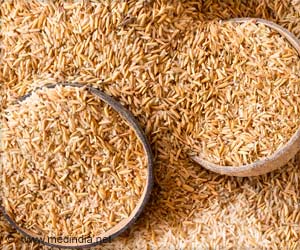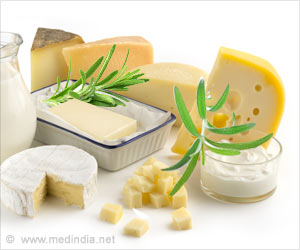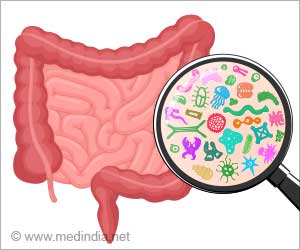A new study in rats has suggested that eating grapes could help in fighting high blood pressure and could also reduce other cardiovascular risks and heart muscle damage.
A new study in rats has suggested that eating grapes could help in fighting high blood pressure and could also reduce other cardiovascular risks and heart muscle damage.
University of Michigan Cardiovascular Center researchers, who conducted the study, said that the benefits may be the result of the phytochemicals - naturally occurring antioxidants - turning on a protective process in the genes that reduces damage to the heart muscle.The researchers studied the effect of regular table grapes (a blend of green, red, and black grapes) that were mixed into the rat diet in a powdered form, as part of either a high- or low-salt diet.
Comparisons were made between rats consuming the grape powder and rats that received a mild dose of a common blood pressure drug. All the rats were from a research breed that develops high blood pressure when fed a salty diet.
After 18 weeks, researchers found that the rats, which received the grape-enriched diet powder, had lower blood pressure, better heart function, and fewer signs of heart muscle damage than the rats that ate the same salty diet but didn't receive grapes.
Rats that received the blood pressure medicine, hydrazine, along with a salty diet also had lower blood pressure, but their hearts were not protected from damage as they were in the grape-fed group, the researchers found.
"There are the small changes that diet can bring, but the effect of grape intake on genes can have a greater impact on disease down the road," said E. Mitchell Seymour, M.S., who led the research as part of his doctoral work in nutrition science at Michigan State University.
Advertisements
High blood pressure causes oxidative stress in the heart and lowers the amount of protective glutathione. However, intake of grapes actually turned on glutathione-regulating genes in the heart and significantly elevated glutathione levels.
Advertisements
The study was presented at the 2009 Experimental Biology convention in New Orleans.
Source-ANI
LIN














